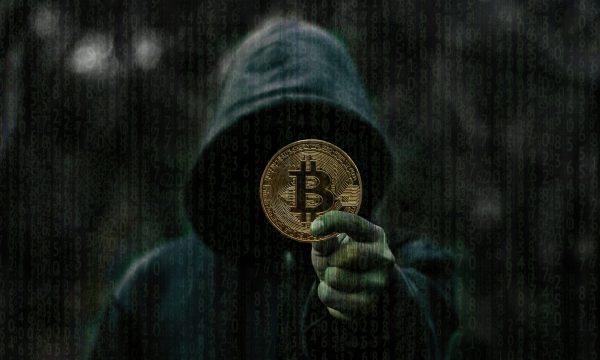
Welcome to the fascinating realm of lie detector tests, where truth meets technology in a battle of wits. The idea of a machine capable of uncovering deceit has long captured the imagination, fueling countless debates and discussions about its accuracy and reliability. From criminal investigations to job screenings, the use of lie detectors has permeated various aspects of society, both intriguing and intriguingly controversial.
The concept of a lie detector test, also known as a polygraph exam, hinges on the belief that certain physiological responses can betray a person’s attempts at deception. By measuring changes in factors such as heart rate, blood pressure, and skin conductivity, this tool aims to unmask the truth hidden beneath carefully crafted façades. Stay with us as we delve deeper into the inner workings of lie detector tests, exploring the science behind them and the implications they carry in our quest for honesty and transparency.
History of Lie Detector Tests
Lie detector test
Lie detector tests, also known as polygraph examinations, have a history dating back to the early 20th century. The first recorded use of a lie detector test was in 1921 by John Larson, a medical student at the University of California, Berkeley.
The technology evolved rapidly, and by the late 1930s, the polygraph machine had become a staple tool for law enforcement agencies in the United States. It was primarily used to aid in criminal investigations and interrogation processes.
Over the decades, the reliability and accuracy of lie detector tests have been a subject of debate among scientists, psychologists, and legal professionals. Despite the controversies surrounding its effectiveness, polygraph examinations continue to be utilized in various fields, including criminal justice, employment screening, and national security.
Accuracy and Controversies
Lie detector tests have long been a topic of debate when it comes to their accuracy. While proponents argue that these tests can accurately detect deception, critics point out the limitations and potential for errors. Factors such as the individual’s psychological state, the skill of the examiner, and the design of the test can all impact the results.
One of the most controversial aspects of lie detector tests is their reliance on physiological responses to determine if someone is being deceptive. The tests typically measure indicators like heart rate, blood pressure, and skin conductivity. However, these physical reactions can also be triggered by emotions, stress, or even just the fear of being accused of lying, leading to false positives.
Despite their widespread use in certain industries and legal settings, lie detector tests are not foolproof and are not admissible as evidence in court in many jurisdictions. The reliability of these tests continues to be a point of contention, with some experts calling for more stringent standards and better regulation to ensure their accuracy.
Impact on Legal Proceedings
Lie detector tests are often not admissible as evidence in court due to concerns about reliability and accuracy. However, they can sometimes be used as an investigative tool to prompt further questioning or to gather additional information in a case.
In some jurisdictions, the results of a polygraph examination can be considered by the judge or jury if both parties agree to its admissibility. This can be a strategic decision made by legal teams based on the circumstances of the case and the perceived usefulness of the test results.
Despite their limitations in a courtroom setting, lie detector tests can still have a significant impact on legal proceedings by influencing decisions related to plea bargains, witness credibility, and investigative priorities. Law enforcement agencies and legal professionals may use the results of polygraph examinations as one of many factors in building a case or assessing the veracity of statements made during an investigation.


